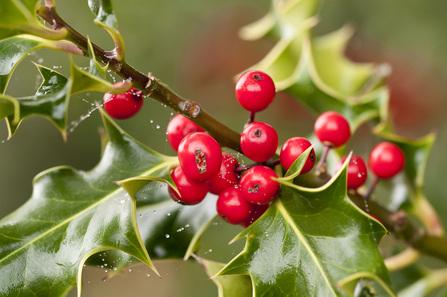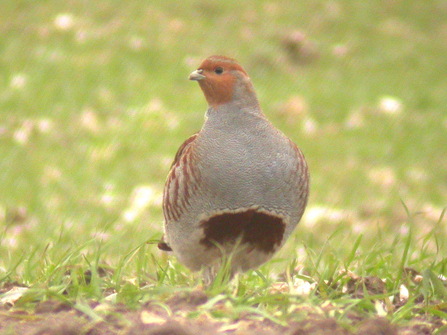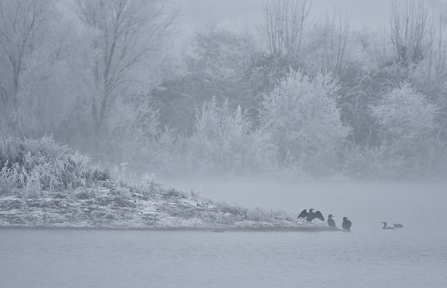I’m sure that you’re all more organised than I am and so your festive preparations are well underway. However, as you sit down to write your cards, do you ever wonder why so many feature a robin, or why the evergreen holly and ivy deck halls up and down the country?
As with a lot of these traditions we have to go back, way back, to discover how they came about.
Robin redbreast
Let’s start with the robin, I mean they are here all year, which many a gardener can testify to as these opportunistic birds often perch nearby when we’re out digging. But they became a Christmas icon in Victorian times when the postmen wore red tunics, earning them the nickname ‘robin redbreasts.’ The link between the bird and the deliverer of festive cards was formed and the rest, as they say, is history.
The holly and the ivy
The holly tree was the original ‘Christmas tree’ and with its eye-catching evergreen leaves and red berries it’s been used as a decoration as far back as Roman times.




